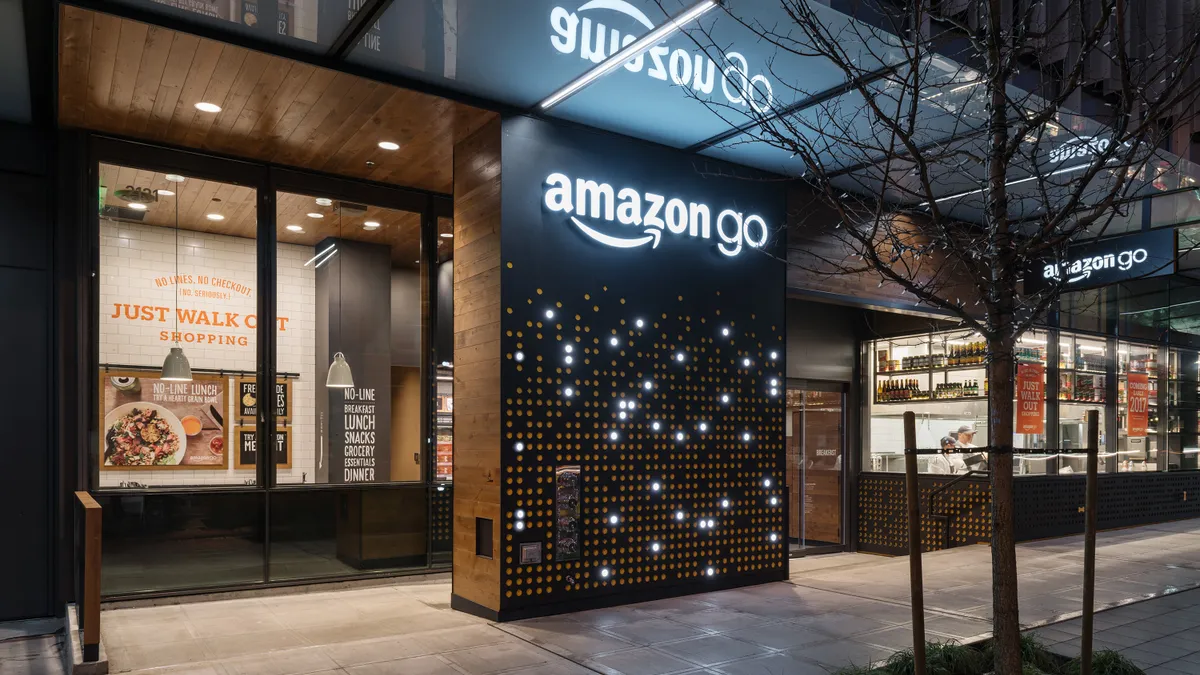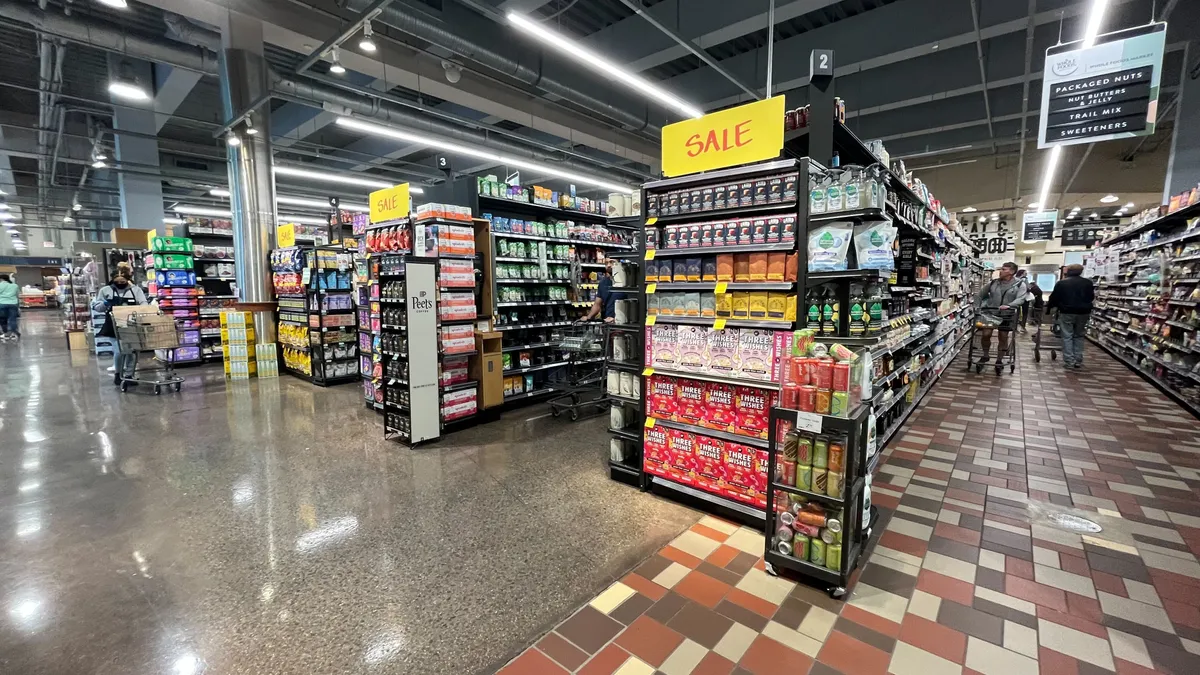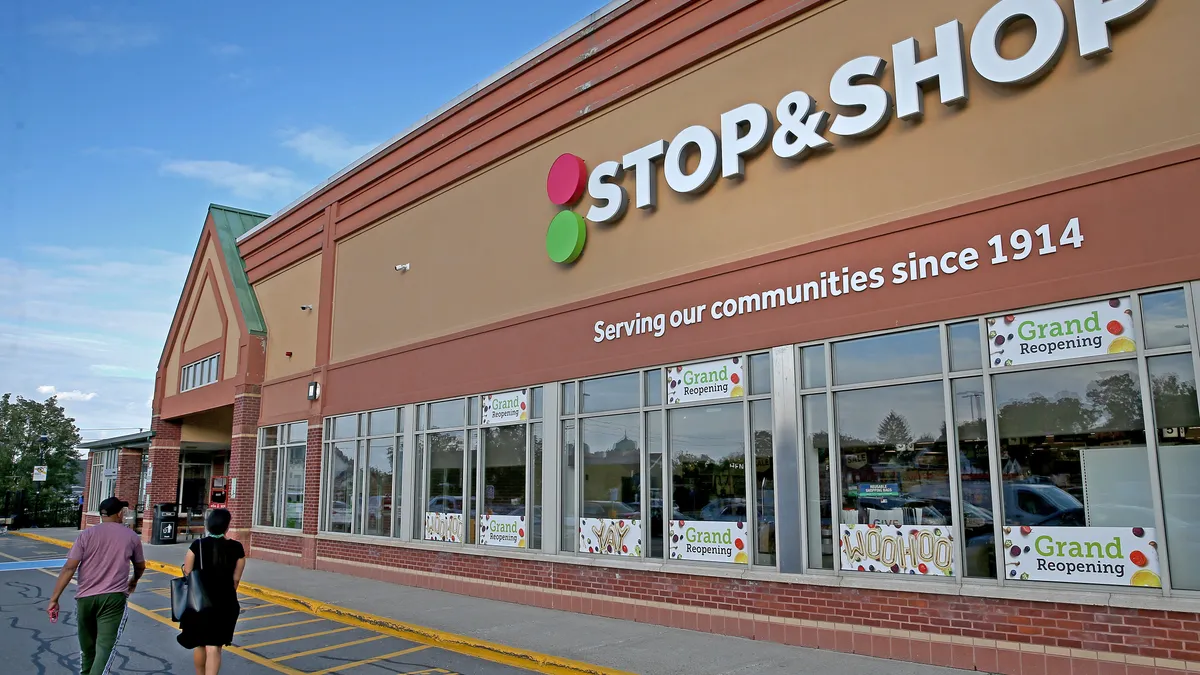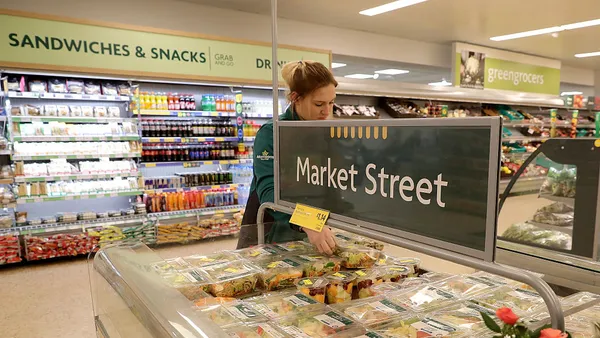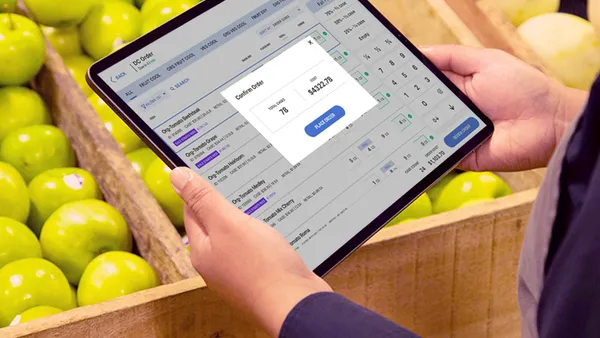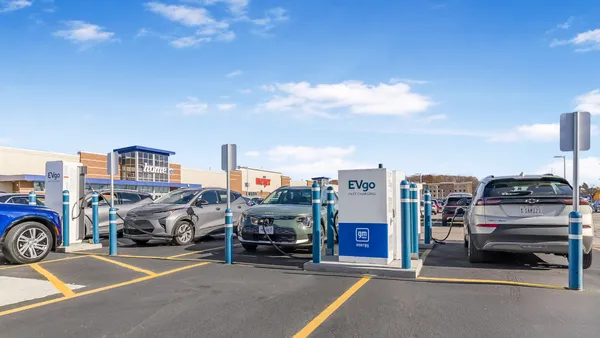Dive Brief:
- Citing anonymous sources, Bloomberg reported Wednesday that Amazon plans to open as many as 3,000 new Amazon Go cashier-free stores in the next few years. The news sent convenience store, grocery and pharmacy stock prices tumbling, and comes one day after Amazon opened a cashier-less store in Chicago, its first location outside of Seattle.
- Amazon plans about 10 locations by the end of this year, 50 locations in major metro areas in 2019, and as many as 3,000 by 2021.
- Amazon is targeting urban areas with an abundance of younger, affluent residents who are willing to spend more on prepared foods and convenience items. As Bloomberg notes, opening multiple locations close to each other in dense metro markets could help the company centralize food production and save money.
Dive Insight:
To get an indication about what the news of Amazon’s rumored expansion means for the traditional grocery space, look no further than Wall Street. Shares of Walmart and Kroger both dropped after Bloomberg’s report came out.
However, it seems this expansion would affect limited-service restaurants and c-stores more than traditional grocery stores, especially since the targeted locations of these Go units are in metro areas. Is there any reason to believe a cashier-less Go store in downtown Chicago would threaten a Kroger in a suburb 20 miles from the city? Not right now, at least.
Amazon is clearly undergoing some trial-and-error runs with its Go concept. The new stores offer a limited selection of salads, sandwiches and snacks, meaning that the company’s c-store-sized footprint could directly challenge quick-service restaurants. The other two Go stores include groceries, which could directly challenge concepts like 7-Eleven and urban grocery stores.
Regardless of the eventual competitive set, such an expansion will more than likely have wider-reaching implications, perhaps changing consumer behaviors to expect such a frictionless experience. There was a time when having a pair of socks, a TV and a tube of toothpaste delivered to your door wasn’t instinctive and look at how quickly that’s changed. Amazon has a knack for facilitating such change.
Reactions to an Amazon Go expansion have varied – from those who believe the concept will fizzle out as technology pushes us to crave more human interaction, to those who are convinced the experience is the future of retail. If this rumor comes to fruition, one thing is certain: It will be an expensive undertaking. Bloomberg reported that the original Go location in downtown Seattle required more than $1 million in hardware alone.
However, as more startups – like Zippin – develop technology similar to Amazon’s proprietary system, and as bigger players like Kroger experiment with scan-and-go, don’t expect deep-pocketed Amazon to get frugal. The most compelling question may not be what Amazon is going to do or how, it’s what the Walmarts, Targets, Krogers and everyone else is going to do once cashier-less technology reaches a 3,000-unit-sized footprint.


